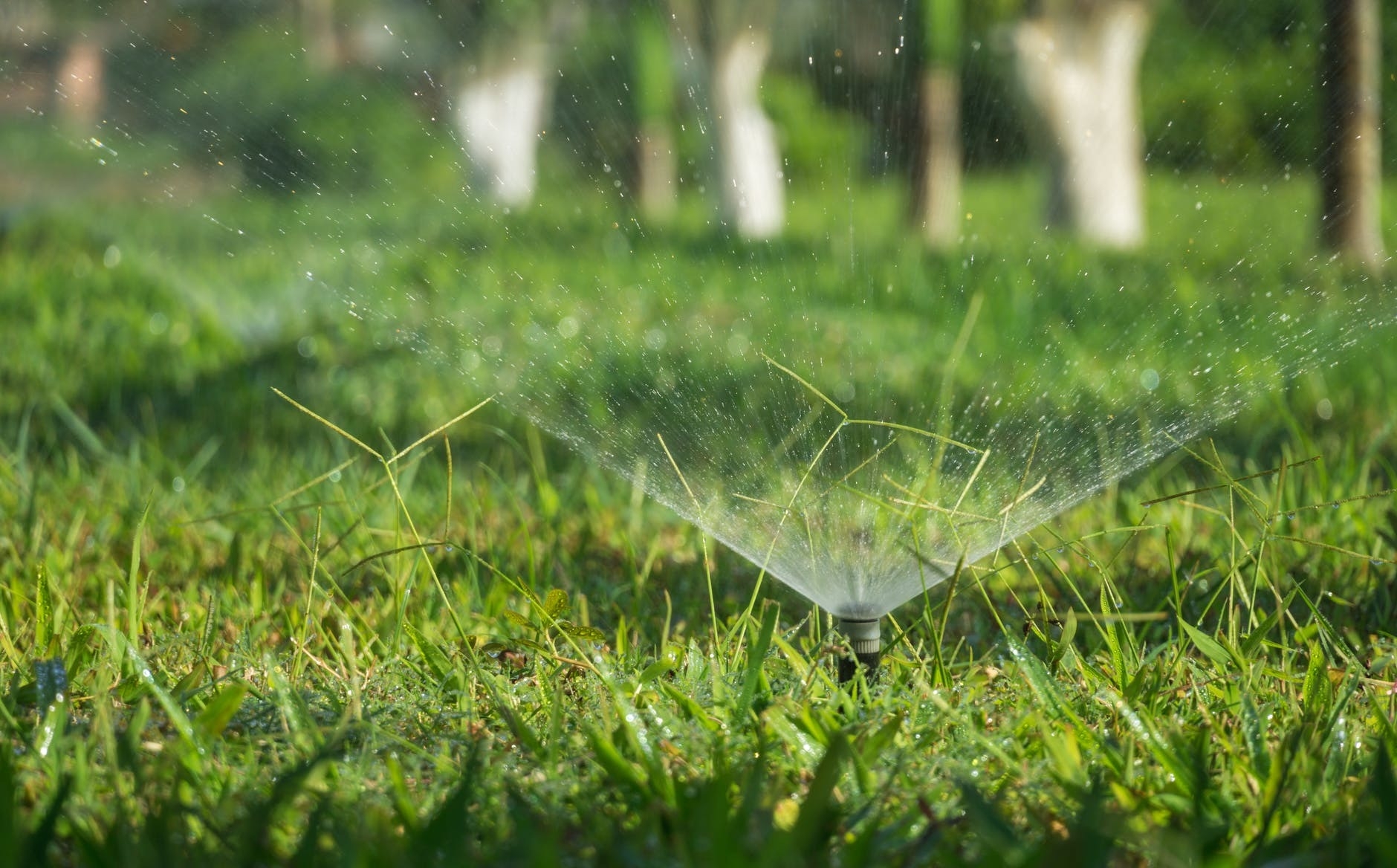Winterizing Your Sprinkler System for the Cold Weather
October 18, 2021
Many homeowners in Colorado have sprinkler systems to help keep their lawns green during the warm weather months. Although winters along the Front Range tend to be mild, the soil still does get frozen, so sprinkler systems must be properly shut down before the cold hits. Irrigation pipes left alone through winter can burst if the water in the system is left in and freezes. Many Denver landscape design companies offer a fall blowout special as well as a spring startup service to keep problems with sprinkler systems to a minimum.
The main goal of preparing your sprinkler system for winter is to make sure there is no water in the system. Here are the steps to take to when winterizing your sprinkler system.
Preparing Your Sprinkler for the Winter Months
It’s crucial to unplug the timer so that after you have prepared your system, it doesn’t go on by itself the very next day. A power surge could also damage the timer, so unplugging it for the winter just makes sense. If you are preparing a vacation home’s sprinkler system, you should turn off the main water valve.
Next, you’ll want to remove the backflow preventer and all of the valves. Since these are above the ground, they need to be taken out every winter. If even a tiny bit of water gets in and freezes, this can break the moving parts.
Protect the pump from freezing during the winter. You can use an RV antifreeze directly in the pump. This will not cause any damage to the landscape when the pump is turned on again in the spring.
As mentioned, no water must be allowed to remain in the system over the winter. The best way to ensure that all water is out is to blow it out. A landscape design company will usually use a commercial compressor to ensure that every drop of water is out of the system. It can get expensive to repair or replace a system that is damaged because of water left inside.
Reversing the Preparation in the Spring
Essentially, you’ll follow the same steps you did in the fall—but in reverse:
- Replace the backflow preventer and valves that you removed the prior year.
- If the main water valve was turned off, turn it back on.
- Turn on the timer and re-set it for the spring.
- Take some time to check the system thoroughly and keep an eye out for broken sprinkler heads, leaks, or other issues. Check too that sprinkler heads are spraying in the property direction—especially those that could have gotten turned by a snow shovel or snow blower over the winter.
Something many homeowners don’t think about is routine sprinkler system adjustments throughout the season. Rainier months won’t need the system to run as much as it does during the peak of hot, summer dryness.
Contact a Denver Landscape Design Company
If you’re getting ready to shut down your sprinkler system for the season, give Landscaped Retreats a call. We can ensure your system is properly shut down so it operates the way it is supposed to next spring. Contact us today!
